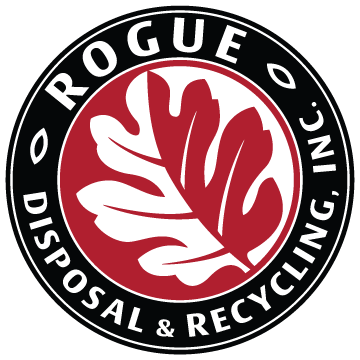How other communities are rethinking recycling
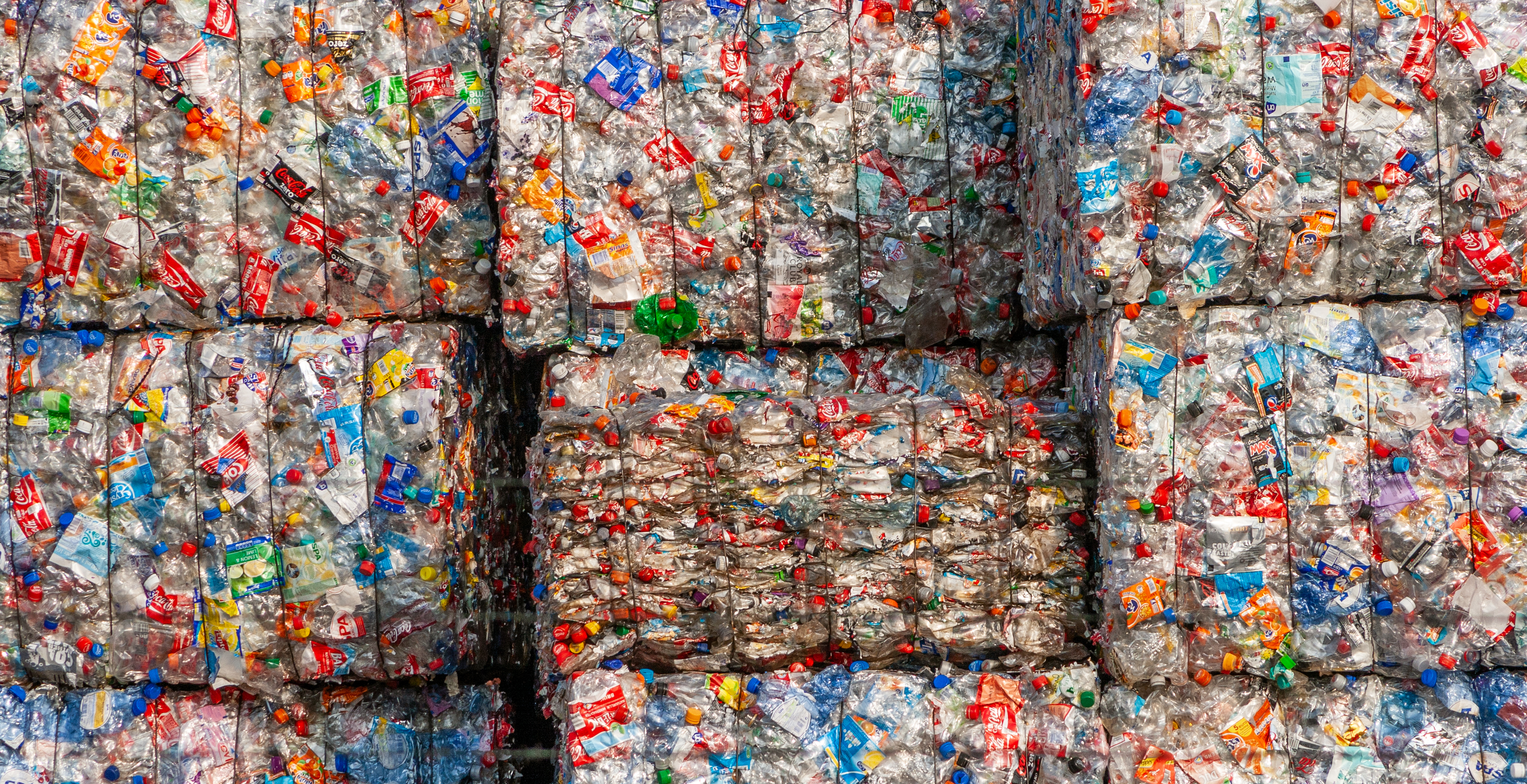
Over the past two decades, China has become the main international market for processing recyclable materials. Everything from paper and plastics to glass, cardboard and magazines made their way from curbside in the United States (and other countries) to sprawling facilities in China. Then came January of 2018. That’s when China implemented the National Sword Policy, banning the import of 24 types of waste materials from foreign countries.
The policy bans mixed paper (junk mail, catalogs, beverage boxes) and anything made of plastic resins with the number 3 through 7, which includes plastic bags, yogurt containers and clamshell packages.
So what happens when the world’s largest market for recyclable materials suddenly dries up? According to a recent article in the East Bay Express, a Bay area newspaper, it’s reckoning time for recycling in America.
Time for change
Once recyclables are collected at the curb, they are typically taken to a material recovery facility, where they go through an extensive sorting process. Plastic and metal materials are sent down a conveyor belt to be sorted by hand. Each worker is responsible for picking out one specific type of material and throwing it into a large collection area in front of them. Paper, paper products and plastic film are sorted on a different line. As the collection areas fill up, separated materials are taken to another conveyor belt where they get compressed and baled. Bales with the same recyclable materials are stacked together, then shipped to end markets via truck, rail and ship.
The issue? Those bails often contain additional materials that contaminate the whole load. Like the ice cream carton that made it into bale of paper, dripping its contents and contaminating the entire bale. Or the bale of plastic milk jugs that also contains a handful of plastic grocery store bags — bags that jam the sorting machinery with the potential to cause equipment breakage and employee injury.
For years, China continued to accept all materials, even when they were contaminated or contained non-recyclables. But with the National Sword Policy, that came to an end. And with that came the end of an era in recycling.
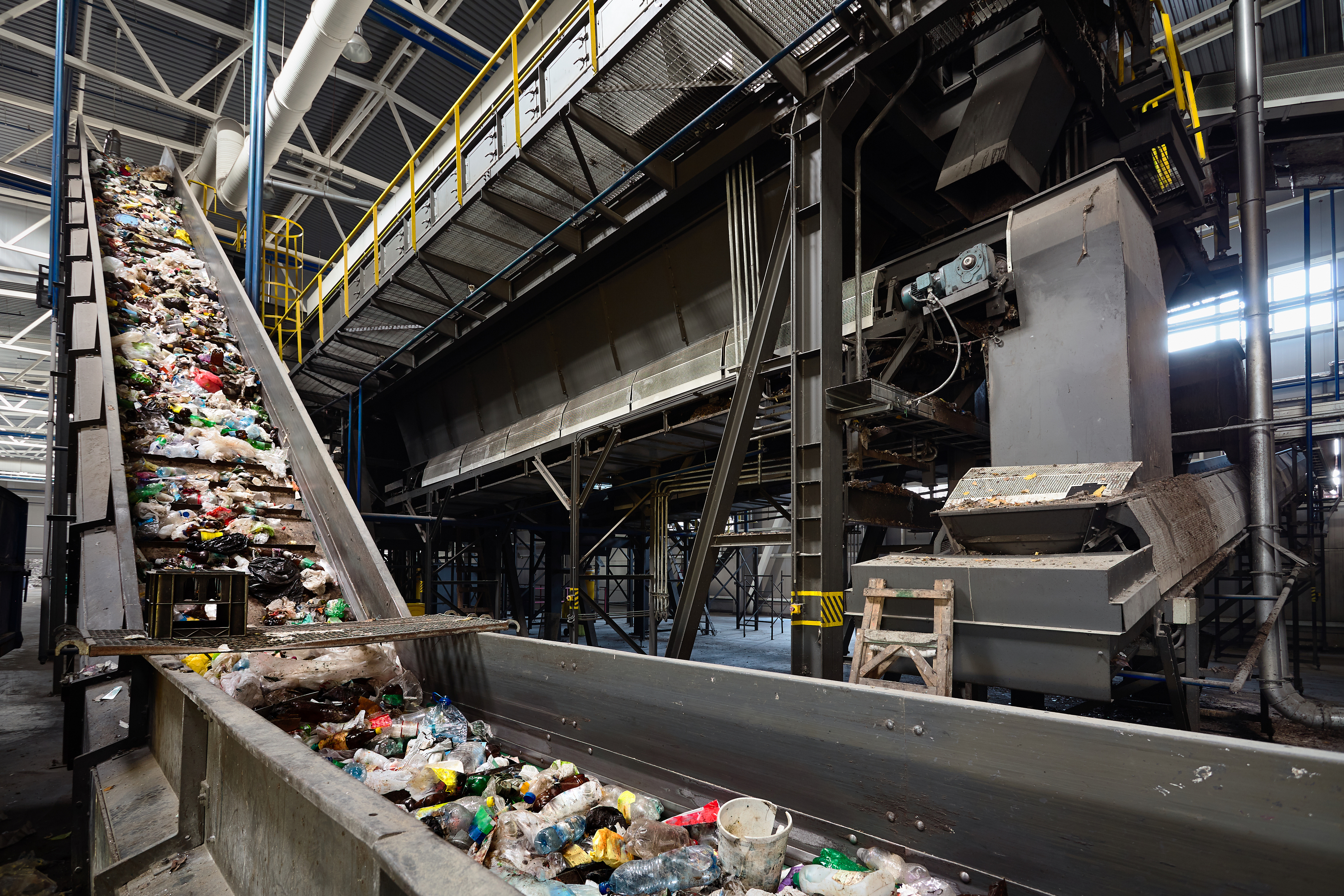
Not everything is recyclable
Plastics are a huge problem in the world of recycling. Currently, the recycling industry only has the capability of processing two types of plastics — PETE #1 (clear water bottles and beverage containers) and HDPE (milk jugs, detergent containers and juice bottles). That’s it. Food wrap and cooking oil bottles? No. Grocery bags, bread bags and squeezable bottles? No. Yogurt cups, medicine bottles and ketchup containers? No. Styrofoam, packing peanuts and most other plastics are not accepted for recycling.
Pizza boxes and out-and-out trash are the other contaminants most likely to be routinely found in the recycling stream.
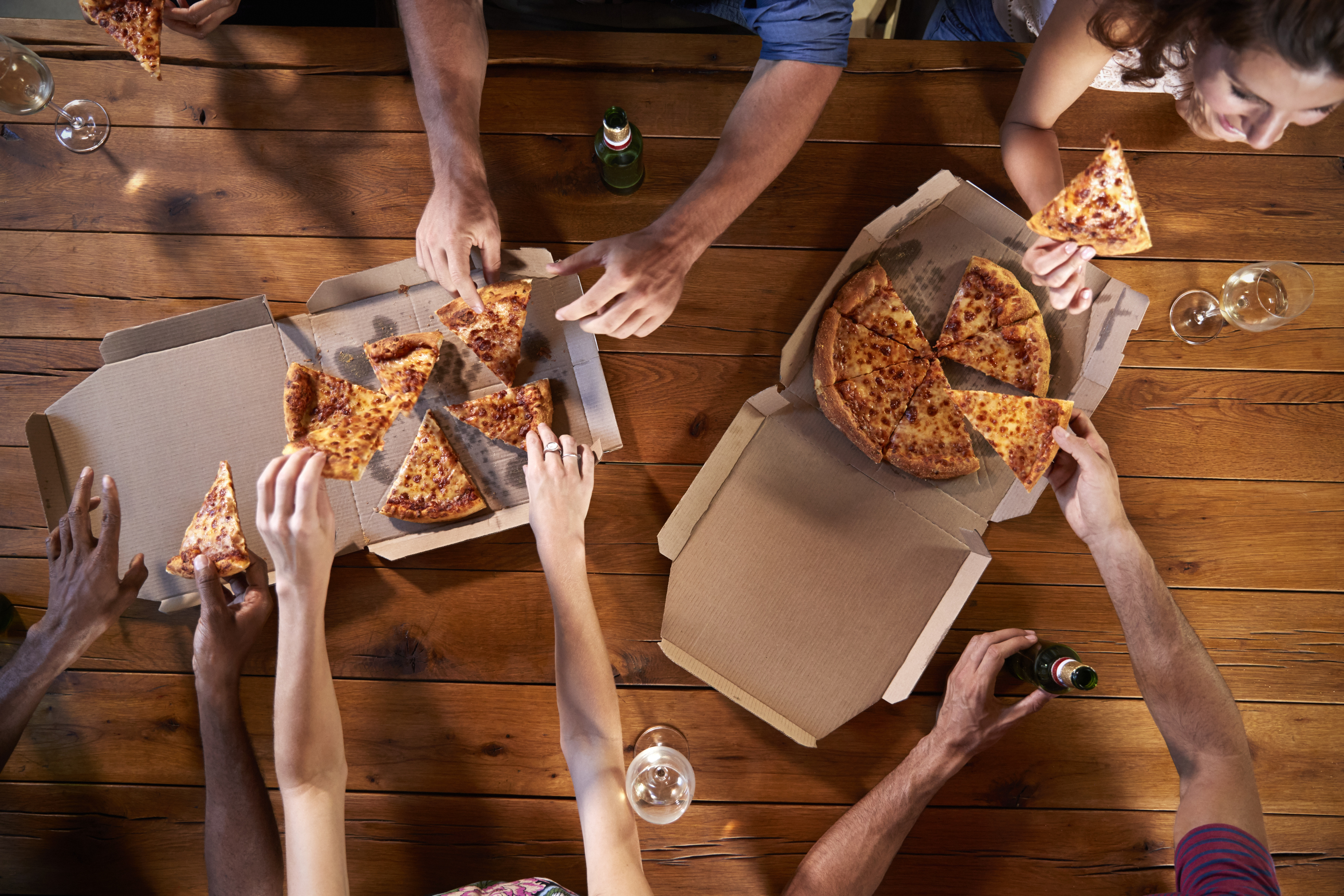
As a result, bales that do not meet inspection are either redirected to other markets in southeast Asia or are sent back to the United States where they end up in the landfill — wasting an enormous amount of money and fossil fuels in the process. And those other Pacific Rim markets, such as India, Indonesia, Malaysia and Vietnam? Instead of being recycled, the mixed plastics that make it there are often burned, landfilled or tossed into rivers — not disposed of using environmentally sustainable methods.
Getting honest about plastics
Most people not only want to recycle, but do their best to make sure that only the accepted materials end up in the roll cart. But those materials vary from city to city and the information can be confusing. While people think that tossing items into the blue roll cart— even when they’re not sure these items can be recycled — increases the chance that these materials will get processed, the opposite is true. And the plastic food trays, freezer boxes, bubble wrap envelopes and food contaminated containers that make it through can easily destroy the quality of entire bales.
To add to the confusion, several years ago some organizations — including the American Chemistry Council and the plastics packaging industry — launched campaigns touting recyclability of these non-bottle plastics. Many municipalities believed the industry-produced information or felt pressured to fall in line when neighboring cities and waste companies added these plastics to their allowable recycling materials list. And with that, dozens of types of plastics that can’t be recycled became a common part of the recyclable stream. When China was accepting contaminated bales, the issue was allowed to slide. But with the National Sword Policy now firmly in place, it’s time to rein in contaminants.
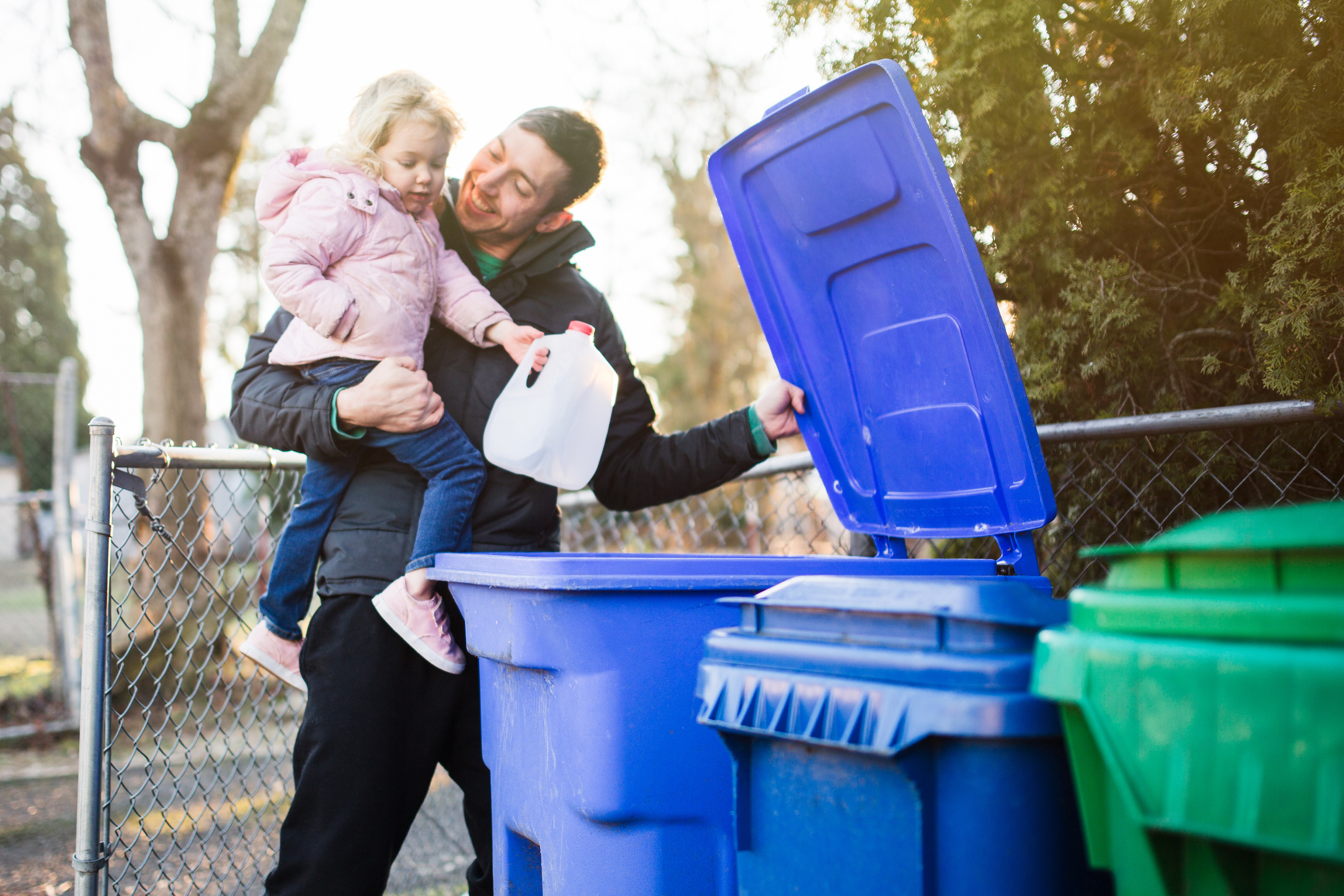
Back to basics
Some cities across the country have decided to stop their recycling programs altogether. Philadelphia, for example, is burning curbside recycling in incinerators. Memphis is sending all materials collected from recycling bins directly to the landfill. And several Illinois drop-off recycling programs that have been around for more than 20 years are being discontinued.
At Rogue Disposal & Recycling, we took a different approach. First, we found domestic markets willing to take specific recyclable materials. Next, we refocused our curbside recycling program to match the specific materials being accepted by processors. This includes #1 and #2 plastic bottles and jugs, corrugated cardboard and mixed waste paper as well as tin and aluminum cans. Knowing there are some types of materials that can only be sent to market for recycling if they are kept separate from the curbside commingled recycling stream, we added glass-only recycling depots at local grocery stores to keep breakable (and highly recyclable) glass away from other materials. And finally, we established special recycling areas at the Transfer Station where anyone can drop off the same items we accept curbside, as well as glass bottles and jars.

Education has also played a key role in our ability to continue to provide sustainable recycling service to our customers. When we announced the changes to our recycling program in March of 2018, we accompanied that with a commitment to let customers know the why behind the changes — and make understanding those changes as simple and clear as possible. Now a year later, the results are in and we’re able to send virtually all red-lid roll cart materials we collect curbside to markets for recycling. Click here to learn more.
To read the full article on recycling and learn how some cities in California are dealing with the issue, click here.
Share This
